Description
Kolams, floor art, are called many things in different regions of India – Moggu, Rangoli, Alpanas, chaook etc. Kolams can be of different types – they can be controlled by measurement when guiding dots are used to achieve geometric symmetry, they can be lines winding around guiding dots to create designs, they can be free-flowing designs painted or engraved on walls, spread on the floor with powder or paste made of rice flour, gypsum, quartz, limestone powder etc. Red coloured ‘Kaavi’ is used to border the white patterns to give it a character. Nowadays, artificial colours are also used to fill spaces inside the kolams too.
Kolam are an ancient art form dating back thousands of years. They are meant to welcome devatas (wish fulfilling angels) and ward off negative vibrations and bad omen from homes or places of worship. In Tamil Nadu, people await the month of Margazhi, December, to adorn their front yards and thresholds early in the morning with huge carpets of Kolams, competing with their neighbours. The streets around the Kapaleeshwarar Koil in Mylapore, Chennai, pride themselves with artists of ages and genders from all over the state, getting together to showcase their Kolam art. Roads are blocked and viewers are entertained with street food, music and dance. It is well known as the Mylapore festival.
Kolams teach us practitioners many things – spatial skills to measure in proportion, to adapt creative thinking, to inculcate a drive to master the art, patience to learn, and perseverance to practice. It keeps alive hope that next time, it will be one step better. Chikku kolams induce a different kind of thinking – that life is like a meandering river of thought with tough choices to make, it twists and turns itself rhythmically but ultimately it is a seeker, in search of the beginning point. Once in unison, the larger picture looks meaningful – it looks like the journey was meant to be of a particular design.
Kolams can be adapted to not only decorate your space of prayer or sadhana (spiritual practice) it can also adorn living spaces with contemporary or traditional ambience, spreading positivity. It can also be coupled with any other folk art form and blend naturally with it. More than anything else, it is a delight to the art explorer!




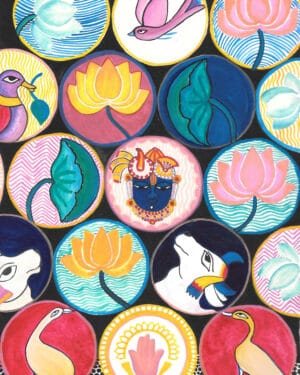
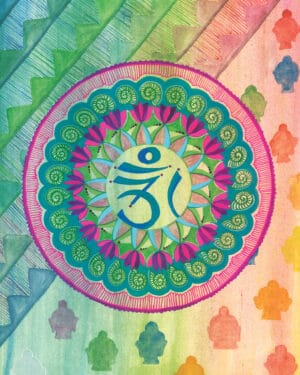

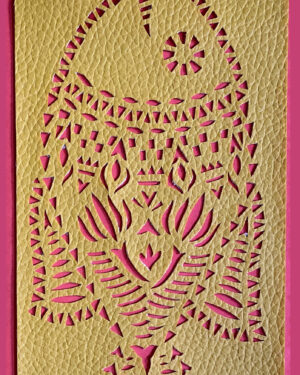
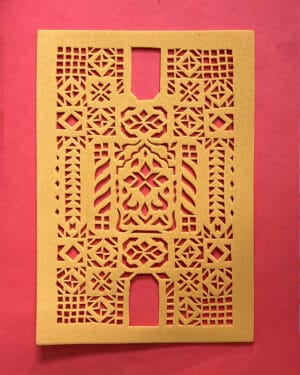
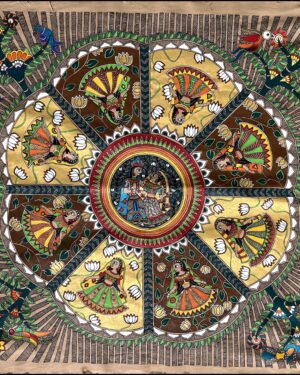
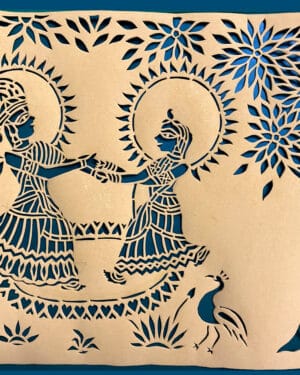
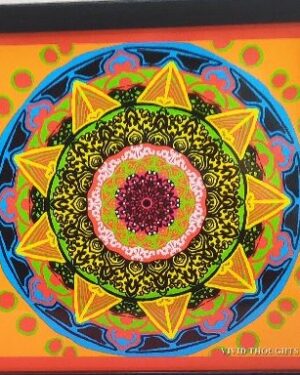

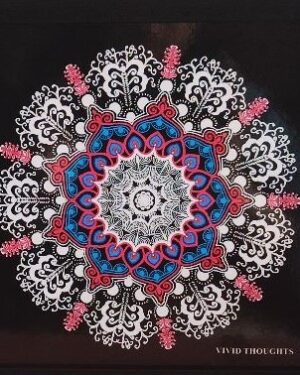
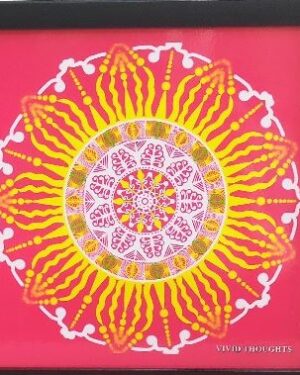
Reviews
There are no reviews yet.